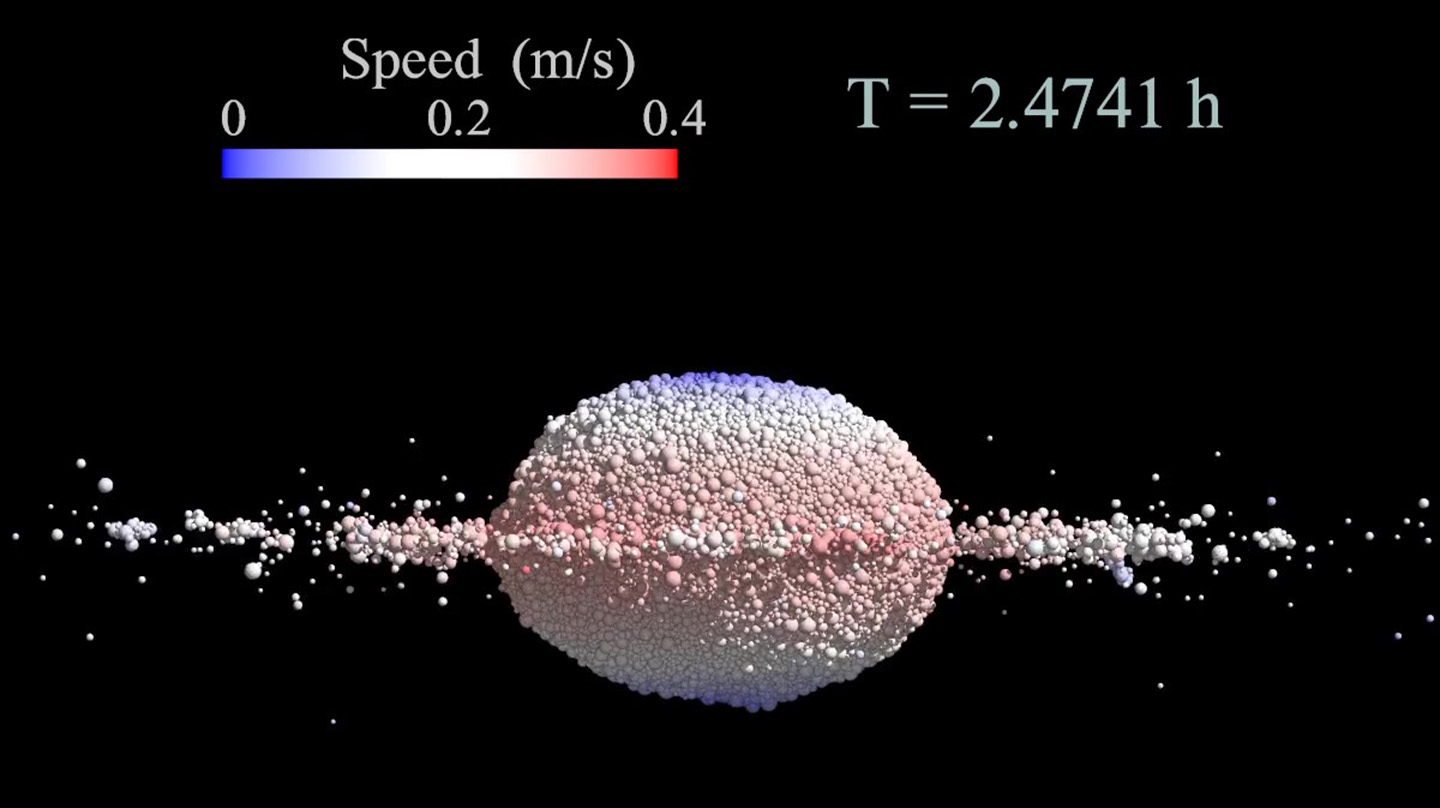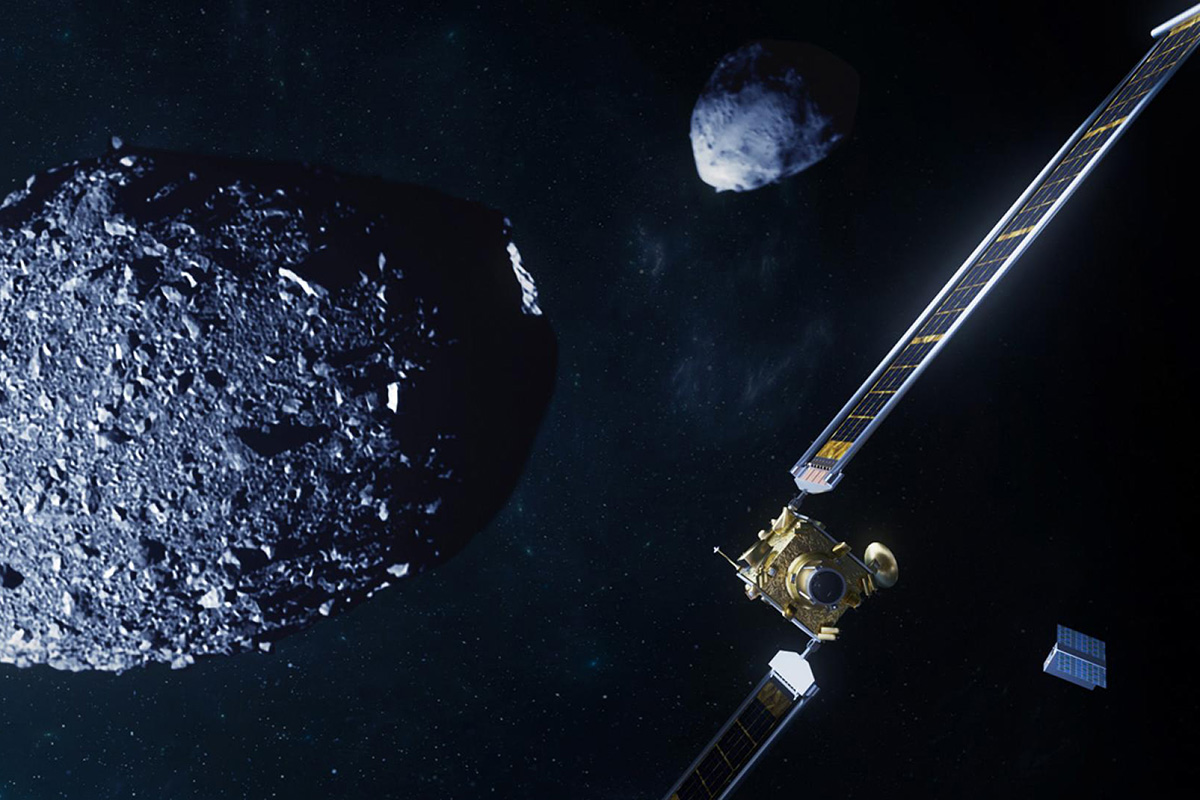Press Release
DART Forward: Five Papers Shed New Light on Asteroids From World’s First Planetary Defense Test
In the months that followed NASA’s Double Asteroid Redirection Test (DART) mission, which sent a spacecraft to intentionally collide with an asteroid moonlet, the science team verified that kinetic impact was a viable deflection technique, proving one effective method of preventing future asteroid strikes on Earth.
Since then, researchers have continued studying data collected from the successful experiment, focusing specifically on surface features of the binary asteroid system, composed of moonlet Dimorphos and parent asteroid Didymos.
In recently published papers in Nature Communications, the team explored the geology of the asteroid system encountered in 2022 to characterize its origin and evolution, and constrain its physical characteristics. Researchers from the Johns Hopkins Applied Physics Laboratory (APL) in Laurel, Maryland, with team members from several international partner institutions led five papers that provided a detailed overview and interpretation of the geological findings.
APL scientists Olivier Barnouin and Ronald-Louis Ballouz led a paper that analyzed the geology of both asteroids and drew conclusions about their surface materials and interior properties. From images captured by DART and its accompanying LICIACube CubeSat contributed by the Italian Space Agency (ASI), the team observed the smaller asteroid Dimorphos’ topography, which featured boulders of varying sizes. In comparison, the larger asteroid Didymos was smoother at lower elevations, although rocky at higher elevations, with more craters than Dimorphos. The authors inferred that Dimorphos likely spun off from Didymos in a “large mass shedding event.” There are natural processes that can accelerate the spins of small asteroids, and there is growing evidence that these processes may be responsible for reshaping these bodies or even forcing material to be spun off their surfaces.
Analysis suggested that both Didymos and Dimorphos have weak surface characteristics, which led the team to posit that Didymos has a surface age 40-130 times older than Dimorphos, with the former estimated to be 12.5 million years old and the latter less than 300,000 years old. The low surface strength of Dimorphos likely contributed to DART’s significant impact on its orbit.
“The images and data that DART collected at the Didymos system provided a unique opportunity for a close-up geological look at a near-Earth asteroid binary system,” said Barnouin. “From these images alone, we were able to infer a great deal of information on geophysical properties of both Didymos and Dimorphos, and expand our understanding of the formation of these two asteroids. We also better understand why DART was so effective in moving Dimorphos.”


